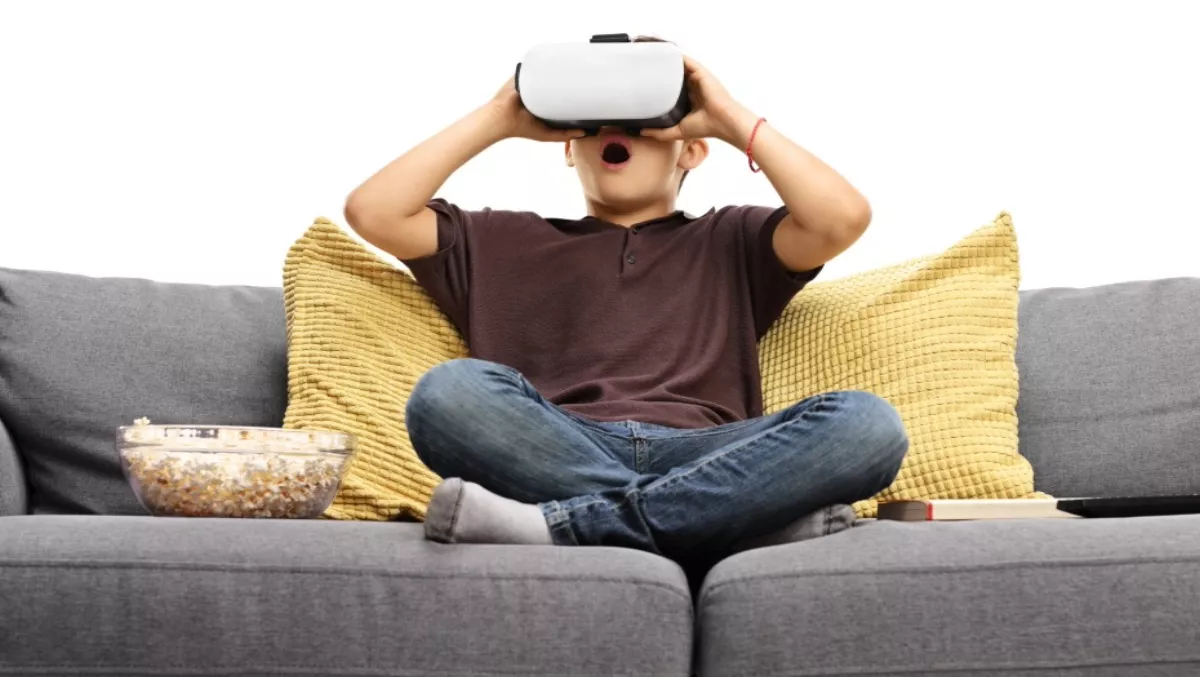
IDC releases first ever tracker results for AR & VR headset market
In the first tracker ever released for the augmented and virtual reality headset market, IDC has forecasted a 5 year CAGR of 108.3%.
The tracker focuses on OEM market sizing in the third quarter of 2016 (3Q16) and covers a wide range of products, technologies, form factors, and geographies.
Ryan Reith is the program vice president with IDC's Worldwide Quarterly Mobile Device Trackers, he says IDC's Tracker research programs have long proven to be the industry standard for market sizing and forecasting.
"It is with great pleasure that we are now able to publish a robust database covering the AR and VR headset markets," explains Reith.
"The teams have been working on AR and VR technologies for over two years, so being able to finally bring the results to our clients is truly gratifying."
IDC predicts the market will reach 76.0 million units by 2020, with more affordable VR devices continuing to lead the market in terms of volume.
However, IDC also predicts that AR headsets will pick up momentum over the forecast as more affordable technologies and more OEMs enter the market.
Currently, IDC is tracking three categories of headsets: Screenless viewers, such as Samsung's Gear VR; tethered head-mounted displays (HMDs), such as the HTC Vive; and standalone HMDs, such as Microsoft's HoloLens.
Jitesh Ubrani, senior research analyst for IDC Mobile Device Trackers, says 2016 has been a defining year for AR, as millions of consumers were introduced to Pokemon Go.
"On the commercial side, developers and businesses finally got their hands on coveted headsets like Microsoft's HoloLens," he explains.
"AR may just be on track to create a shift in computing significant enough to rival the smartphone. However, the technology is still in its infancy and has a long runway ahead before reaching mass adoption."
Tom Mainelli, program vice president, Devices - AR/VR, explains that augmented reality represents the larger long-term opportunity, but for the near term virtual reality will capture the lion's share of shipments and media attention.
"This year we saw major VR product launches from key players such as Oculus, HTC, Sony, Samsung, and Google. In the next 12 months, we'll see a growing number of hardware vendors enter the space with products that cover the gamut from simple screenless viewers to tethered HMDs to standalone HMDs. The AR/VR headset market promises to be an exciting space to watch."

